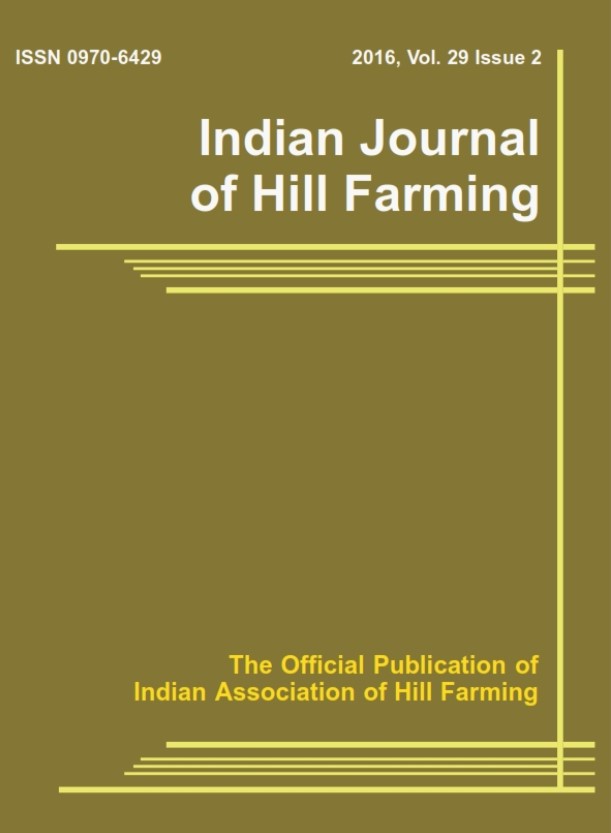Demonstration of Indian featherback (Chitalachitala) farming under backyard pond condition of Tripura, North East India following different feeding strategies
Keywords:
Featherbacks, Forage Fish, Prey-Predator Aquaculture, Fish Growth and Survival, Economic BenefitAbstract
Chital(Chitalachitala) is a high-value fish (Rs. 500-1500/kg) endemic to North-East India. Once, the fish was available in plenty in Indian water bodies, but wanton killing, habitat modifications, and climate-induced perturbations have threatened their populations. To invigorate their populations, it requires captive farming. Being a highly predatory fish, they can be farmed using Tilapia as forage/prey fish; therefore, in the present study an attempt was made in the Dhalai district, Tripura employing nine backyard ponds of farmers (each 0.08 ha; 1.0 m depth). Chital was stocked @ 1200 numbers/ha and provided forage fish (Tilapia @ 3000 numbers/ha, T1), pellet feed @3% of fish biomass, T2) and forage fish + pellet feed (T3). The duration of the study was 10 months. Fish growth was assessed monthly. The highest growth and survival were observed in T2 (SGR: 1.0 %/day; Survival: 71.8%) and the lowest in T1 (0.92 %/day; 62.6%). The highest biomass was observed in T2 (819.15 kg). Profit was maximum in T2 (Rs. 315323/ha) and minimum in T1 (Rs. 204450/ha). From this study, it was concluded that Tilapia, which is a pest fish, can be used as a forage fish for backyard farming of Chital. For augmented overall production of Chital, pellet feed can be offered with forage fish.




